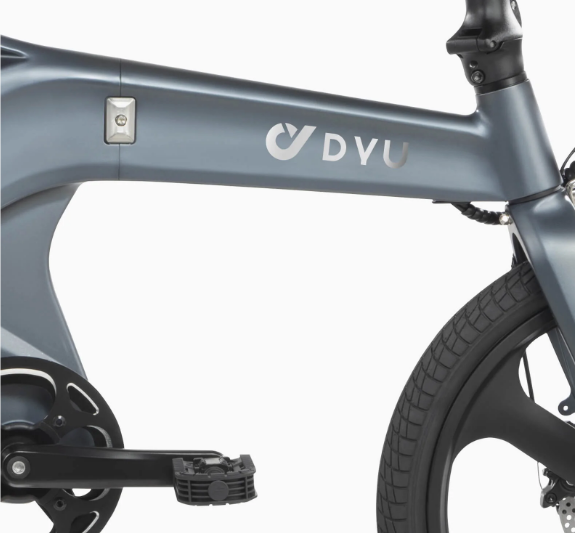Electric bikes, or e-bikes as they're often called, have seen a massive rise in popularity, primarily for their combination of traditional cycling with the added advantage of motor assistance. A question that frequently arises regarding e-bikes is whether they charge when you pedal. Let's delve into this topic to gain a better understanding.
The Mechanism Behind E-Bikes
To address the query, it's crucial to understand how e-bikes function. E-bikes are equipped with a motor, battery, and often a display unit. The motor provides assistance when you pedal, making it easier to tackle tough terrains or long distances. The energy for the motor is sourced from the battery.
Regenerative Braking: A Conceptual Approach
Some e-bikes are designed with a feature called regenerative braking. This mechanism allows the bike to convert some of the energy used in slowing down or braking back into stored energy in the battery. Essentially, when you brake, instead of all the energy being wasted as heat, some of it is used to recharge the battery.
However, it's worth noting that regenerative braking is not the same as charging the battery through pedaling. The energy gained through this method is relatively minimal and may not significantly extend the battery's range.

Pedaling and Charging
The idea of charging an e-bike's battery by merely pedaling is attractive and raises the prospect of limitless rides. However, most e-bikes currently on the market do not charge their batteries through pedaling alone. Implementing such a feature would require additional mechanics and could add to the bike's overall weight and complexity.
While the technology does exist, it's not common due to efficiency concerns. The energy that a rider can generate through pedaling is limited, and converting this energy back into electricity to store in a battery can be inefficient.
City Electric Bikes: The Urban Landscape
When discussing e-bikes, it's impossible to overlook the significance of city electric bikes. Designed for the urban environment, these bikes cater to the needs of city dwellers, offering a sustainable and efficient mode of transportation. While most city electric bikes don't charge when you pedal, their design emphasizes efficiency, ensuring that riders get the maximum benefit from each battery charge.
A Glimpse into the Future
With advancements in technology, it's not out of the realm of possibility that future e-bikes might harness more energy from pedaling. However, for the time being, the primary source of charging remains external outlets. E-bikes, especially models like city electric bikes, continue to provide an eco-friendly alternative for urban commuting, emphasizing the balance between human effort and electrical assistance.
